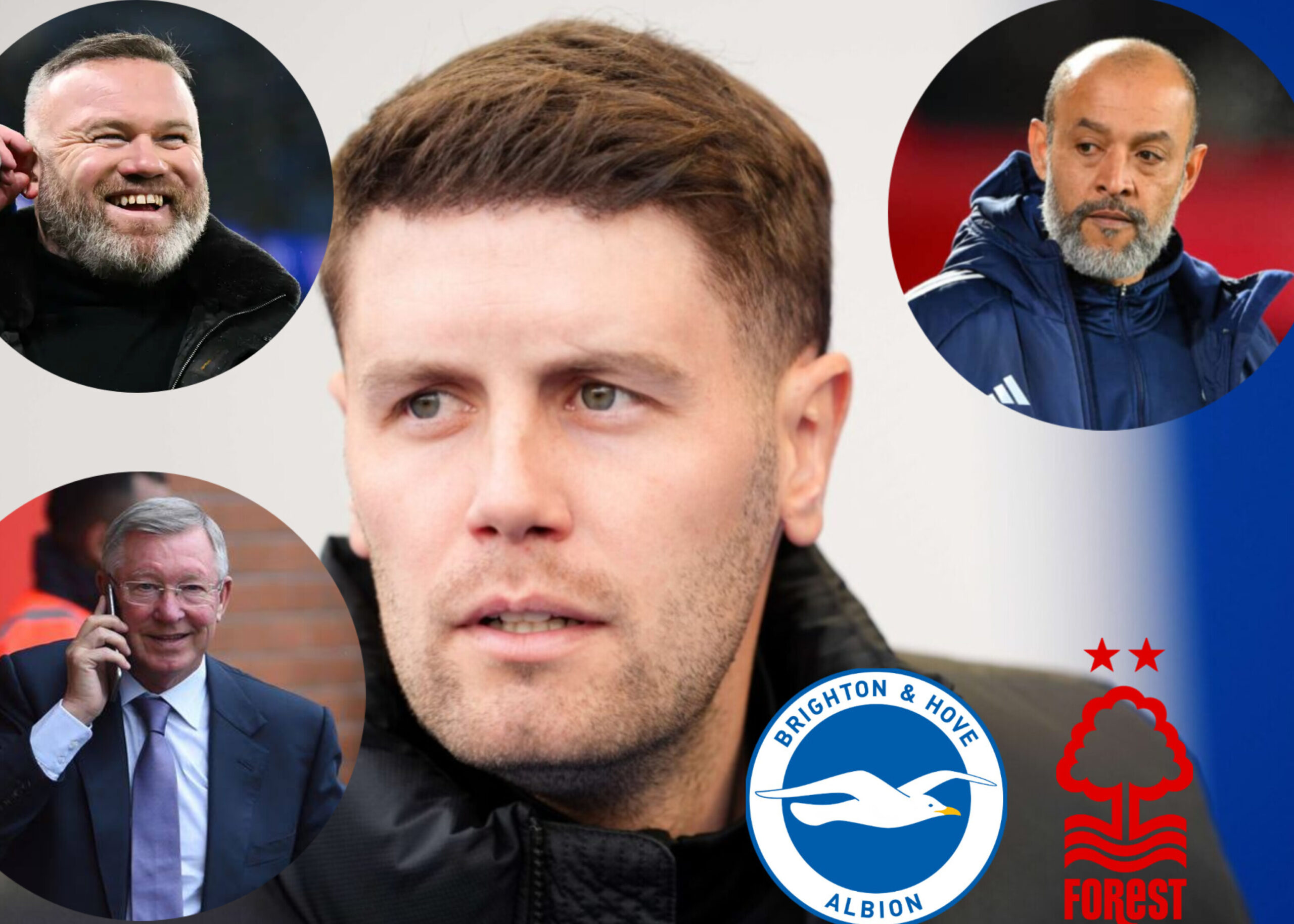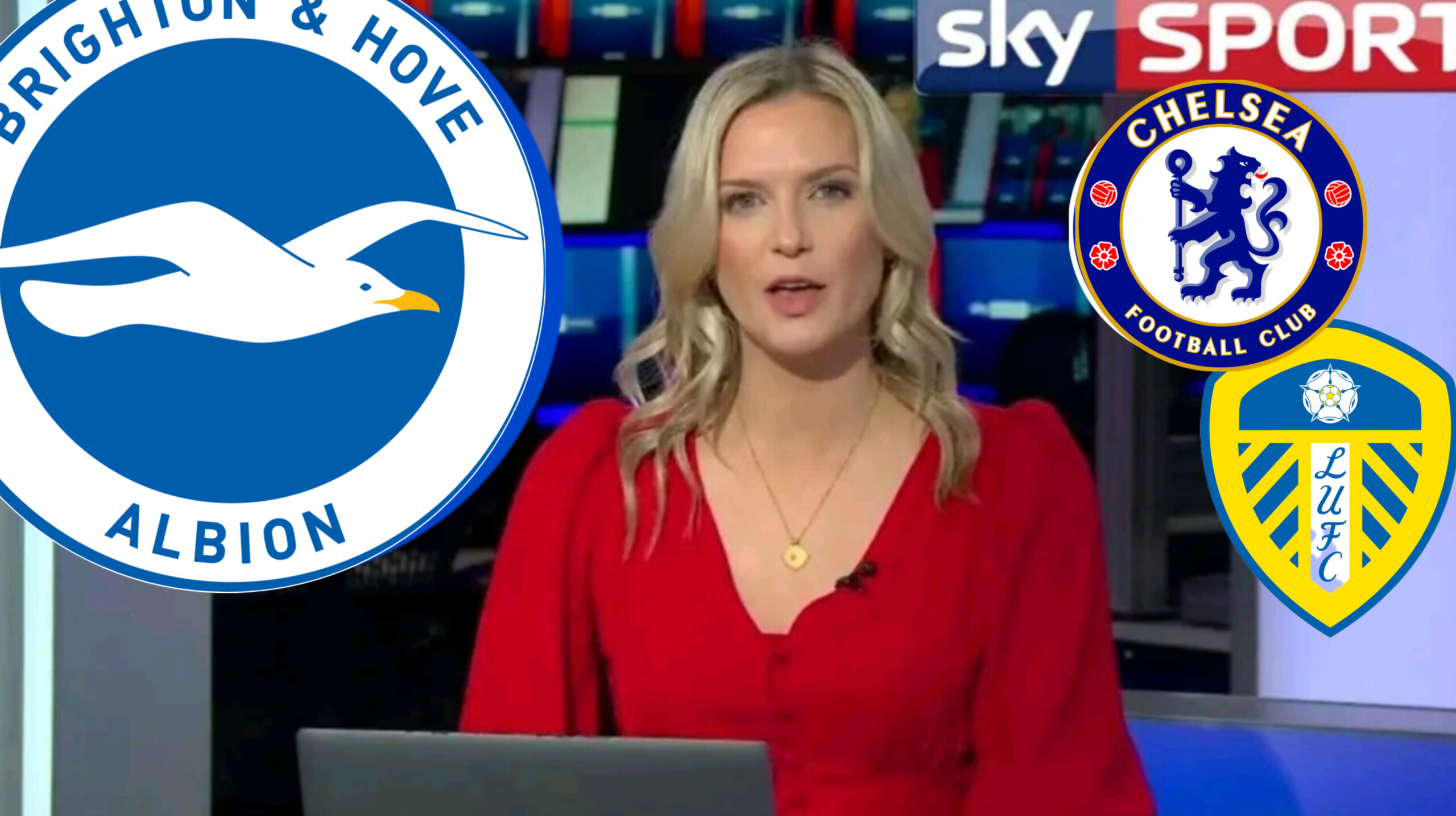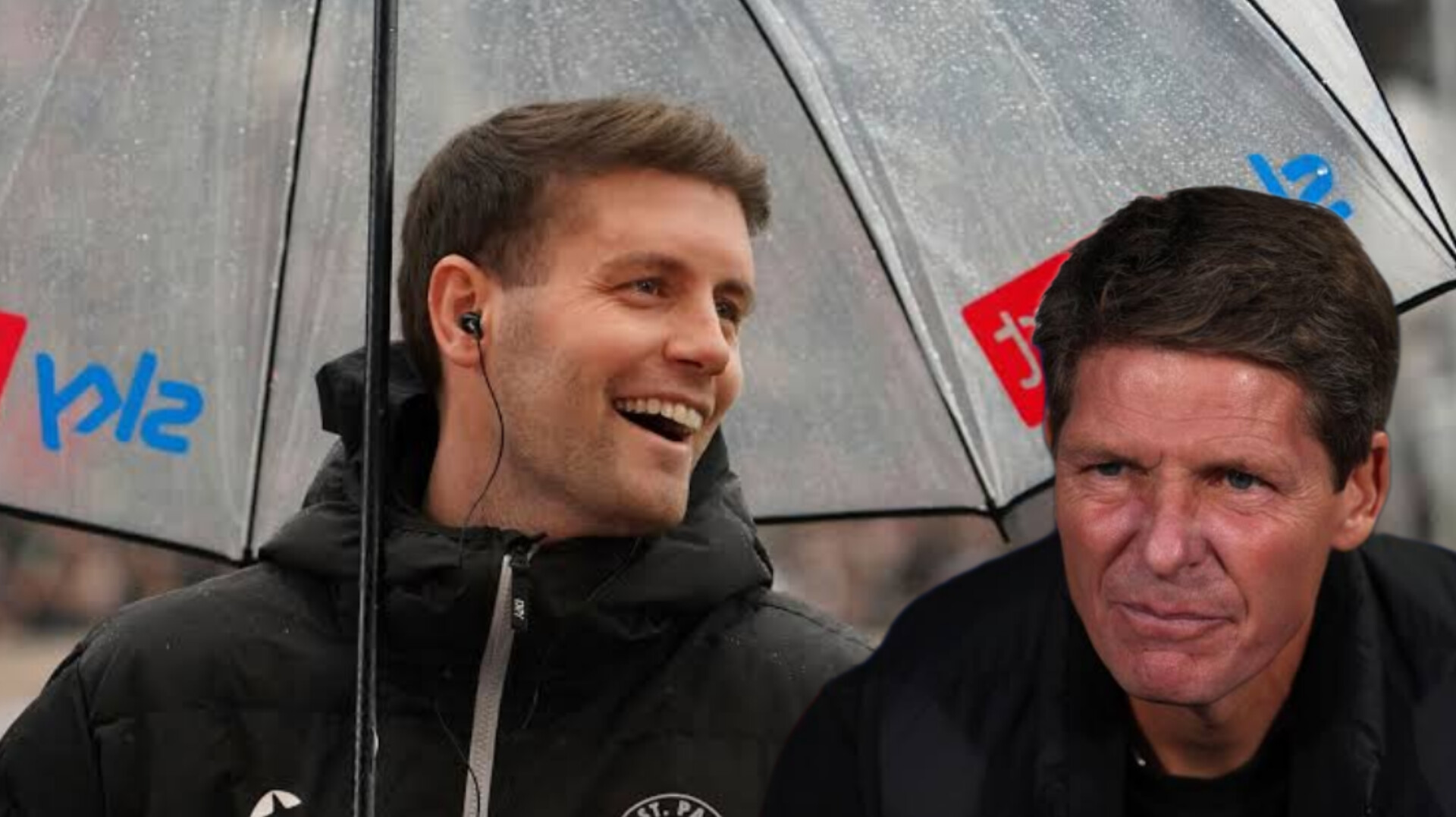Once teetering on the brink of footballing extinction, Brighton & Hove Albion have transformed into one of the most admired clubs in the Premier League—both for their footballing success and their ability to thrive economically. But the question lingers: how can Brighton scale new heights without compromising the values that brought them this far?
In 1997, the club clung to league status with a final-day draw at Edgar Street. Today, they’re posting record profits of nearly £74 million, outpacing European giants like Ajax and Marseille in group stages, and consistently performing in the Premier League’s upper half. Daniel Storey visited the club to understand how this resurrection happened—and how Brighton plan to keep climbing while staying true to their roots.
From Near Oblivion to the Pinnacle of Profitability
Brighton’s recent profit announcement places them among the most financially efficient clubs in Premier League history. It’s an astonishing rise for a club that once sat 91st out of 92 in the Football League. Their current success isn’t just about points and players—it’s a testament to the vision of owner Tony Bloom and the infrastructure built around sustainable growth, smart recruitment, and community-driven values.
Honouring the Struggles That Built the Foundation
Moving into the Amex Stadium in 2011 was a symbolic triumph, not just a logistical upgrade. It marked the end of decades of hardship that saw the club become nomadic and nearly disappear. For many supporters, those struggles are etched into Brighton’s DNA—and the club embraces that history.
“We’ll never hide from where we came from,” says COO Paul Mullen. “Our history connects us to our fans. Transparency, respect, and communication are key—we never take that relationship for granted.”
That connection to the past builds an ethos of humility. The club has learned to savour the journey—from almost going bust to travelling to Amsterdam for European nights.
Adapting for a New Generation of Fans
While the club remains rooted in its past, it also understands the importance of evolving with its younger fanbase—many of whom only know Brighton as a Premier League mainstay. The challenge is to blend nostalgia with ambition.
Head of Communications Paul Camillin notes, “We always talk about survival as our priority, but we don’t shy away from dreaming bigger. Bold managerial appointments and progressive ideas have been a hallmark of our owner. Why limit ourselves?”
That vision includes statements like Vic Bragg’s: “One day we’ll win the Premier League.” It may sound far-fetched now, but Brighton are learning never to cap ambition.
—
### Data, Daring and Development: The Brighton Blueprint
Brighton’s recruitment model has become a benchmark in modern football. Powered by Bloom’s analytics company, Starlizard, Brighton use data to identify undervalued global talent. A traffic-light system helps highlight high-potential players, narrowing the search in a crowded market.
But Brighton’s brilliance isn’t just in discovery—it’s in belief. While many elite clubs track the same players, Brighton give them a first-team chance. The club’s willingness to take calculated risks—on both global prospects and local talent—sets them apart. Homegrown stars like Solly March and Lewis Dunk are just as vital to their identity as South American sensations.
What truly gives Brighton an edge, however, is planning. Players are often scouted years in advance, easing transitions and ensuring replacements are ready to step in long before a star is sold.
—
### Beyond the Pitch: Player Care as a Competitive Advantage
Brighton’s success isn’t just tactical—it’s deeply personal. The club invests heavily in player welfare, education, and psychological support. From academy hopefuls to new international signings, every individual is treated as more than just an asset.
“It’s about looking after the whole person,” says Mullen. “You have to understand the individual—where they’ve come from, what they need to thrive. Performance starts with wellbeing.”
Sports psychologists, tailored education, and player care staff are embedded in every stage of development. It’s not just about maximising talent—it’s about ensuring players feel valued and supported.
—
### Funding the Vision: Smart Revenue Strategy
None of Brighton’s evolution would be possible without the backing of Bloom, whose investments transformed the club’s infrastructure. But Brighton know they can’t rely on one man forever.
Their success in the transfer market—selling the likes of Caicedo, Cucurella, White, and Mac Allister for staggering profits—has allowed them to reinvest across the board. Their 2023 revenue of £222m places them just outside Europe’s top 20 earners, a remarkable achievement without the global brand appeal of larger clubs.
Matchday improvements, merchandising efforts, and strong sponsorships have all contributed. But it’s the long-term vision that sustains this model. “We always plan for the next step,” Camillin says. “Not promotion—progress.”
—
### The Power of Togetherness: A Club That Feels Like Family
More than anything, Brighton feels different because it acts like a community. From top to bottom, the club fosters unity. Players, staff, and fans all feel part of a shared mission. Every employee, regardless of their role, shares in the club’s success via bonus schemes. Leadership is accessible. Meals are shared. Opinions are valued.
“There’s a reason people want to work here,” says Mullen. “It’s not just about football—it’s about being heard, being cared for, and moving forward together.”
That sense of belonging makes Brighton a rarity in the Premier League: a club where elite ambition and human warmth aren’t mutually exclusive.
—
**So, Can Brighton Join the Elite Without Losing the Magic?**
The answer seems to be yes—if they stick to the principles that got them here. Through smart planning, ethical leadership, and a deep respect for their journey, Brighton are crafting a new blueprint for what modern football success can look like.
It’s not just about beating the odds. It’s about changing the rules of the game entirely.






